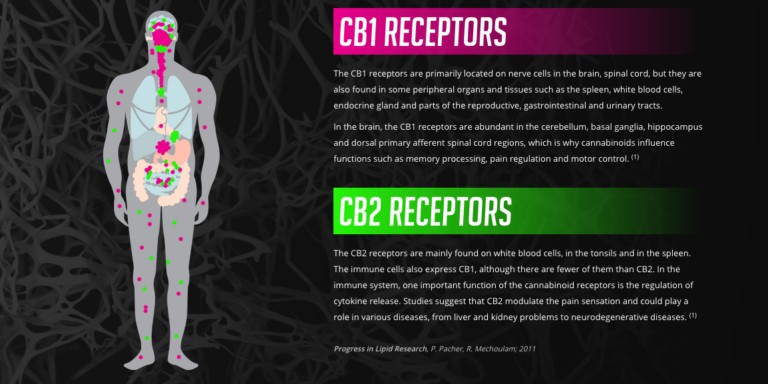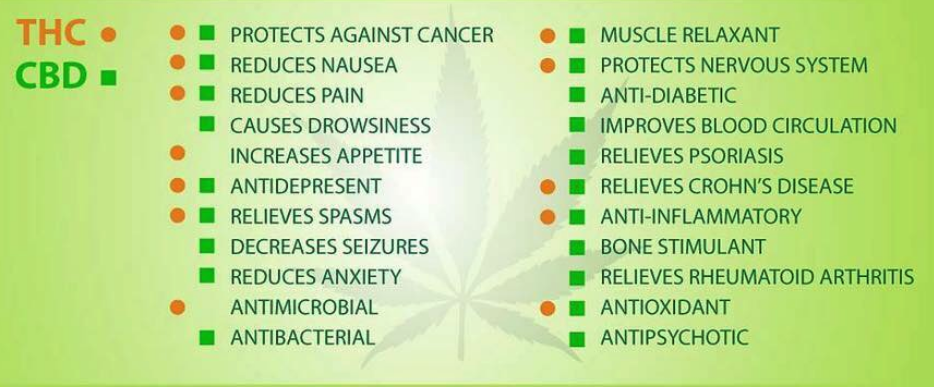cbd cannabidiol Hemp oil and the endo-cannabinoid
How Does CBD Affect the Endocannabinoid System?
The endocannabinoid system exists to respond to endogenous cannabinoids produced by the human body. However, scientists have learned that the system will also recognize and respond to cannabinoids from external sources, including the phytocannabinoid cannabidiol. According to the National Institutes of Health, manipulating the endocannabinoid system by introducing external cannabinoids like CBD could be useful in treating a variety of medical ailments.















